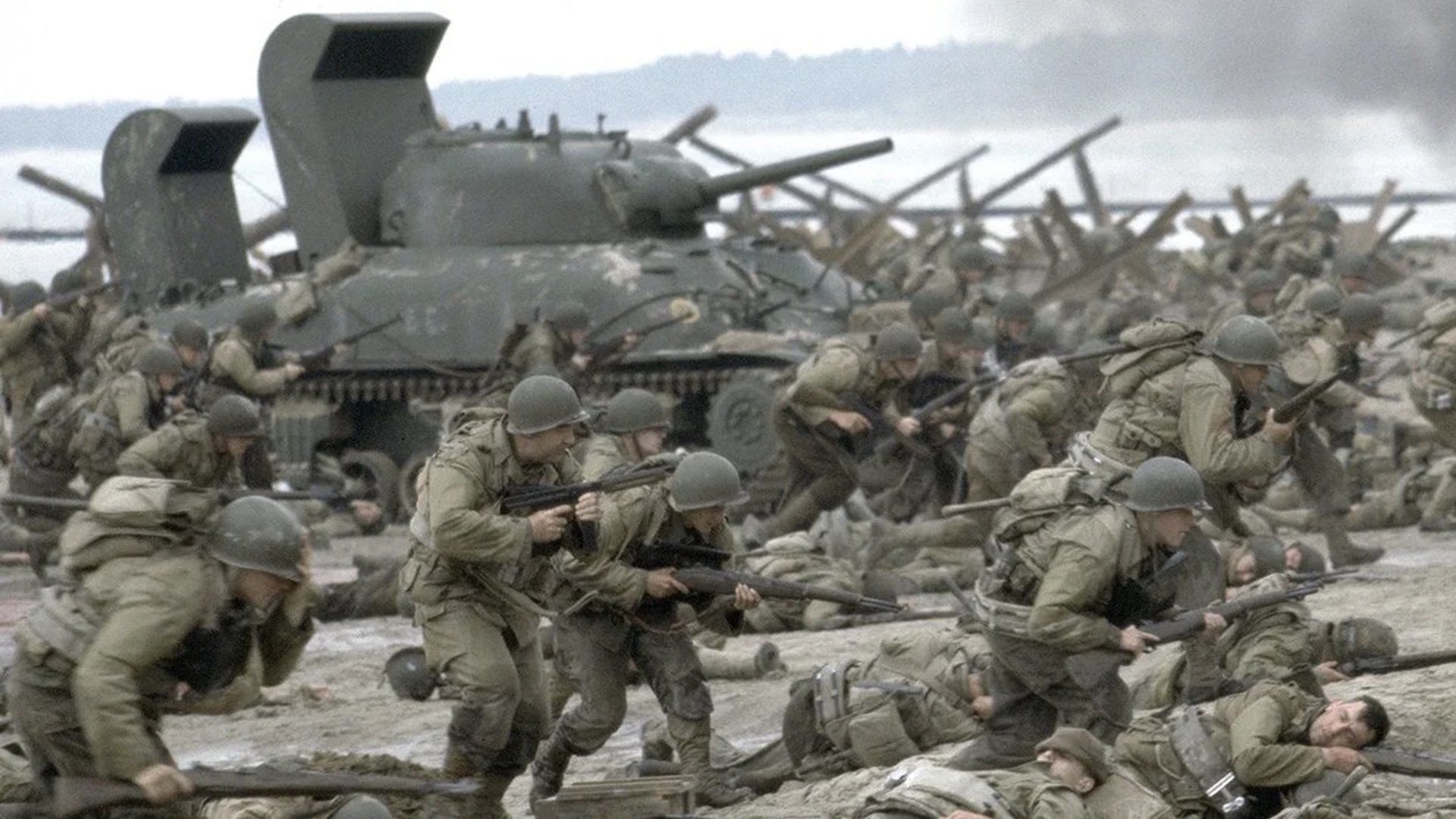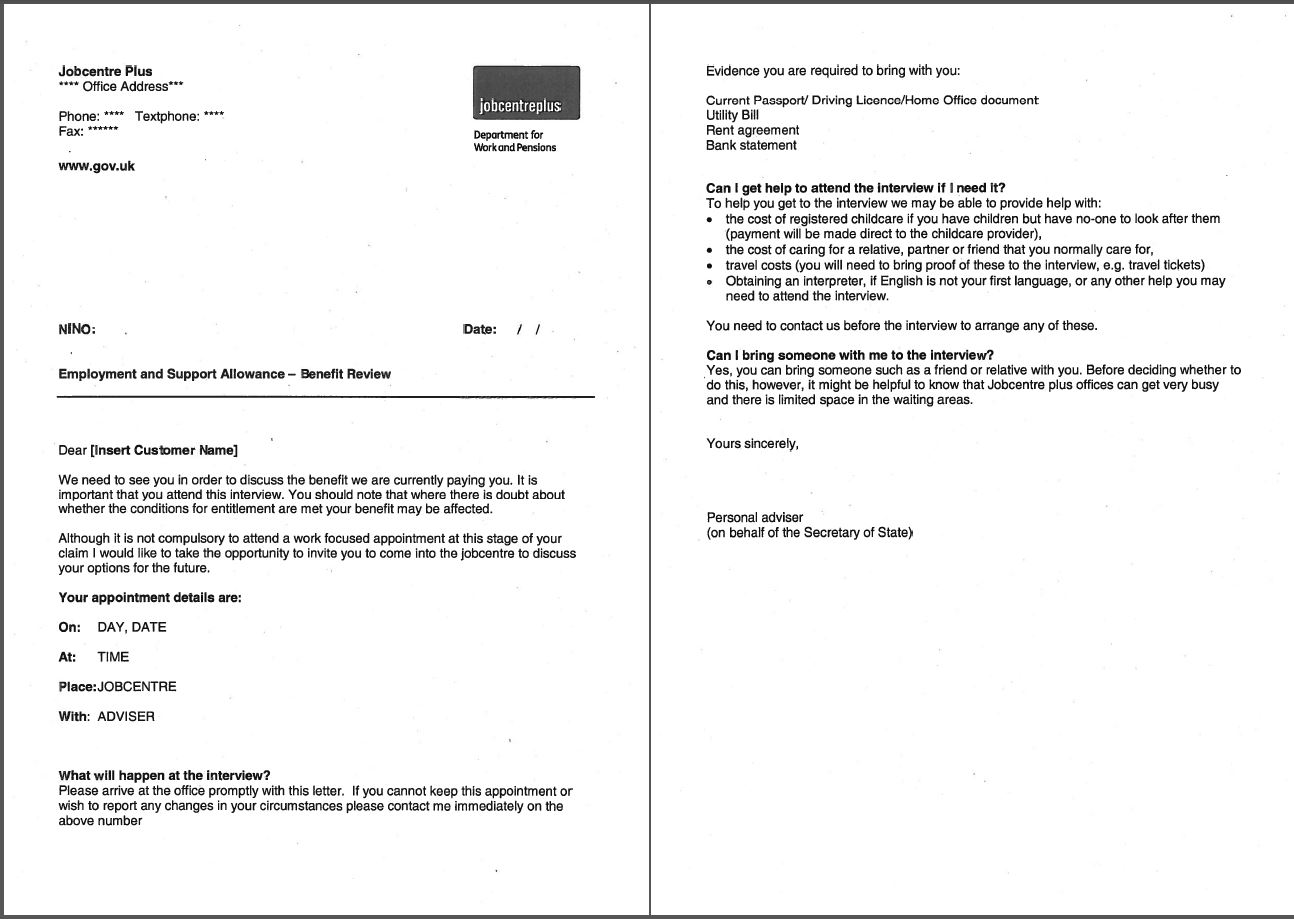Beyond Saving Private Ryan: A Military Historian's Guide To Realistic WWII Films

Table of Contents
Assessing Weaponry and Equipment in WWII Films
The portrayal of weaponry is a cornerstone of WWII film accuracy. Inaccurate weapons can undermine the entire historical context.
Accuracy of Small Arms and Artillery
The depiction of small arms—rifles, machine guns, pistols—and artillery is crucial. Many films feature anachronisms, using weapons that weren't even in service during the war or showcasing them in ways inconsistent with their actual capabilities.
- Accurate Weaponry: Films like A Bridge Too Far and Band of Brothers, while not perfect, generally show a strong commitment to depicting period-correct weaponry.
- Inaccurate Weaponry: Conversely, numerous action movies will use modern firearms or showcase weapons with unrealistic firepower and accuracy. For example, some films might depict soldiers wielding M16 rifles during the early years of the war.
The impact of inaccurate weaponry is significant. It can distort the viewer's understanding of the technological realities of WWII and even the challenges faced by soldiers. Seeing soldiers armed with weapons from a later era inherently breaks the suspension of disbelief and diminishes the film's historical value.
Realistic Depiction of Combat and Tactics in WWII Films
The portrayal of combat tactics separates engaging war films from those that simply offer spectacular action sequences.
Ground Combat Accuracy
Analyzing the depiction of infantry combat is critical in assessing a film's historical accuracy. Effective portrayals showcase the brutal reality of close-quarters fighting, the importance of tactical maneuvers, and the strategic considerations behind military operations.
- Effective Portrayals: Das Boot and Enemy at the Gates offer relatively effective portrayals of the realities of ground combat, showcasing the tactical intricacies of infantry battles.
- Ineffective Portrayals: Many films fall short by focusing on individual heroism at the expense of realistic tactical engagements. Oversimplified battle scenes that lack strategic context can often lead to a misrepresentation of the realities of war.
Understanding battlefield tactics is vital for a realistic depiction of WWII. The effective use of cover, the importance of coordination between units, and the challenges of maintaining supply lines are critical details often overlooked or simplified for dramatic effect.
Naval and Air Combat Accuracy
Naval and aerial warfare require a different level of attention to detail. Realistic WWII films often demonstrate a meticulous understanding of ship-to-ship combat, the complexities of air-to-air engagements, and the devastating power of strategic bombing.
- Effective Depictions: Films like Midway and The Dam Busters made significant efforts to recreate the technological and strategic aspects of naval and air combat accurately.
- Inaccurate Depictions: Many films, however, often compromise historical accuracy for the sake of cinematic drama, resulting in unrealistic maneuvers, weapon capabilities, and strategic outcomes.
The technological aspects and strategic decision-making that characterized naval and aerial warfare during WWII are often simplified or ignored in many films. Accurate WWII movies need to address these complexities to achieve authenticity.
Uniformity, Uniforms, and the Everyday Soldier in Realistic WWII Films
The visual details, including uniforms and equipment, contribute significantly to the overall impression of historical accuracy.
Authenticity of Military Uniforms and Insignia
The accuracy of military uniforms, insignia, and equipment is a crucial aspect of evaluating historical war films. Attention to detail separates meticulous recreations from careless depictions.
- Meticulous Accuracy: Saving Private Ryan is often praised for its attention to detail regarding uniforms and equipment, although it's not without its flaws.
- Significant Inaccuracies: Many films display soldiers wearing anachronistic uniforms or equipment, sometimes even blending elements from different time periods or nationalities.
Accurate uniforms are essential for representing the historical context and the different nationalities involved in WWII. They help to create a more immersive experience for the audience.
Portrayal of Soldier Life Beyond Combat
Beyond the action scenes, realistic WWII films need to represent the day-to-day experiences of soldiers. This includes training, daily routines, and the psychological impact of war.
- Balanced Portrayals: Films that portray the mundane aspects of military life alongside combat scenes offer a more complete picture of the war experience.
- Overemphasis on Combat: Many films predominantly focus on combat, neglecting the more nuanced aspects of soldier life.
A balanced portrayal of soldier life enhances the historical accuracy and emotional impact of the film. It gives a more comprehensive and truthful understanding of the human experience during this period.
Conclusion
To truly appreciate the historical significance of WWII and its impact, it's imperative to seek out realistic WWII films. By carefully considering the elements discussed – weaponry, combat tactics, and the portrayal of soldier life – viewers can develop a more nuanced understanding of this pivotal historical event. Remember to critically analyze the information presented on screen and conduct further research. Supplement your viewing of accurate WWII movies with documentaries and historical accounts. By critically evaluating what you see on screen and supplementing your viewing with further research, you can develop a more comprehensive appreciation of history through the lens of realistic WWII films.

Featured Posts
-
 The Long Walk Trailer Stephen King Calls It Too Dark
May 08, 2025
The Long Walk Trailer Stephen King Calls It Too Dark
May 08, 2025 -
 Find The Winning Numbers Lotto Lotto Plus 1 And Lotto Plus 2 Results
May 08, 2025
Find The Winning Numbers Lotto Lotto Plus 1 And Lotto Plus 2 Results
May 08, 2025 -
 Ahtsab Edaltwn Ka Khatmh Wfaqy Hkwmt Ka Fyslh Awr As Ke Athrat
May 08, 2025
Ahtsab Edaltwn Ka Khatmh Wfaqy Hkwmt Ka Fyslh Awr As Ke Athrat
May 08, 2025 -
 Exploring The Top Krypto Stories And Their Impact
May 08, 2025
Exploring The Top Krypto Stories And Their Impact
May 08, 2025 -
 Improving Productivity A Key Issue For Carneys Leadership Dodge
May 08, 2025
Improving Productivity A Key Issue For Carneys Leadership Dodge
May 08, 2025
Latest Posts
-
 Dont Lose Your Benefits What To Do If Your Dwp Letter Is Missing
May 08, 2025
Dont Lose Your Benefits What To Do If Your Dwp Letter Is Missing
May 08, 2025 -
 Dwp Universal Credit Refunds Check If You Re Owed Money
May 08, 2025
Dwp Universal Credit Refunds Check If You Re Owed Money
May 08, 2025 -
 Jayson Tatums Honest Assessment Of Larry Birds Legacy
May 08, 2025
Jayson Tatums Honest Assessment Of Larry Birds Legacy
May 08, 2025 -
 Cowherds Harsh Words For Tatum After Celtics Game 1 Loss
May 08, 2025
Cowherds Harsh Words For Tatum After Celtics Game 1 Loss
May 08, 2025 -
 Universal Credit Back Payments Are You Eligible For A Refund
May 08, 2025
Universal Credit Back Payments Are You Eligible For A Refund
May 08, 2025
